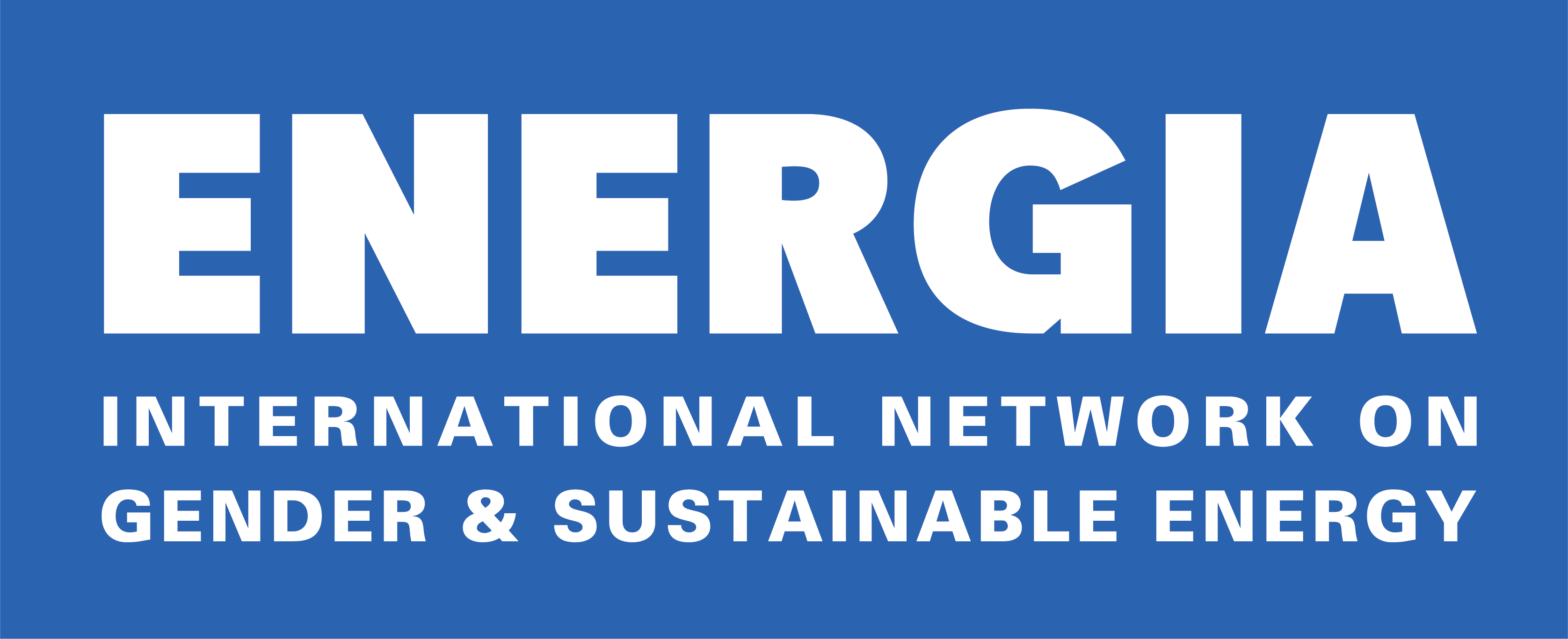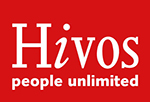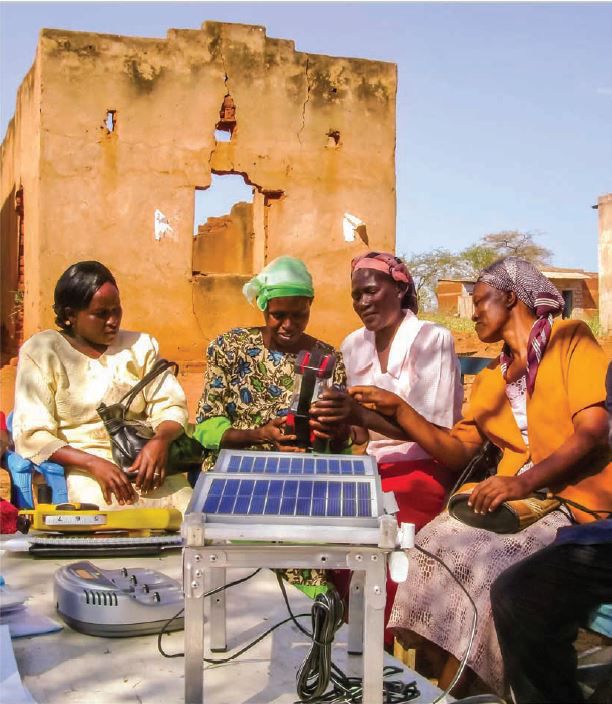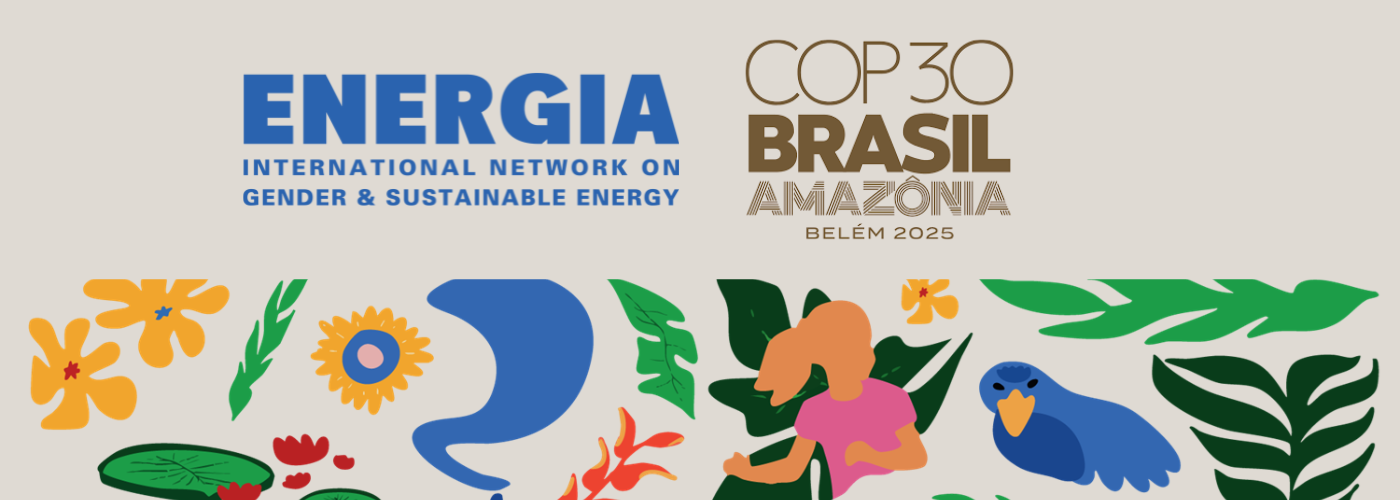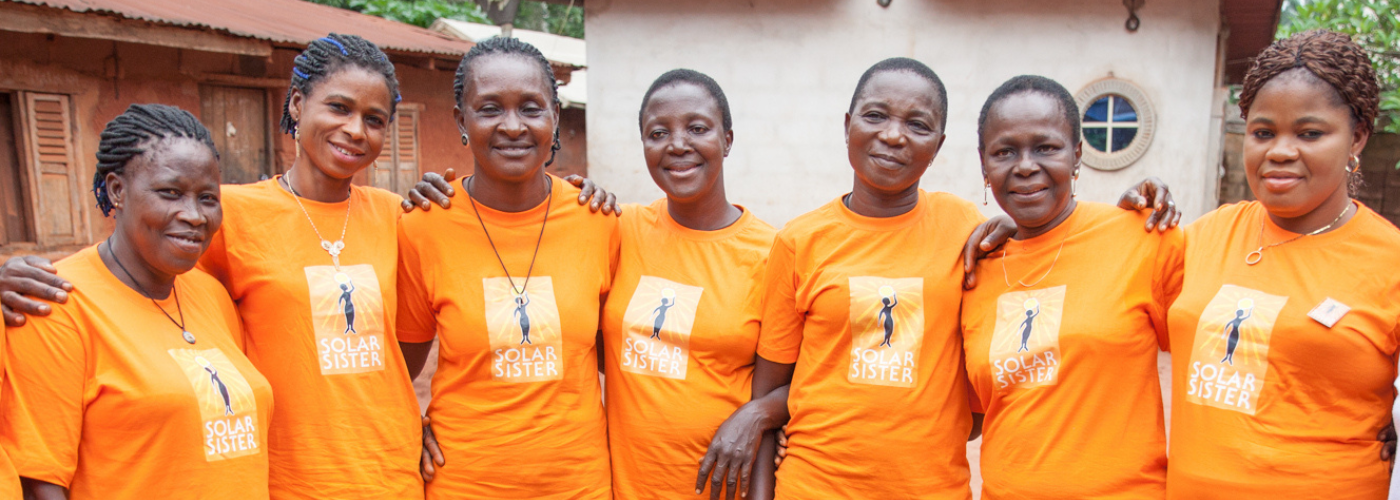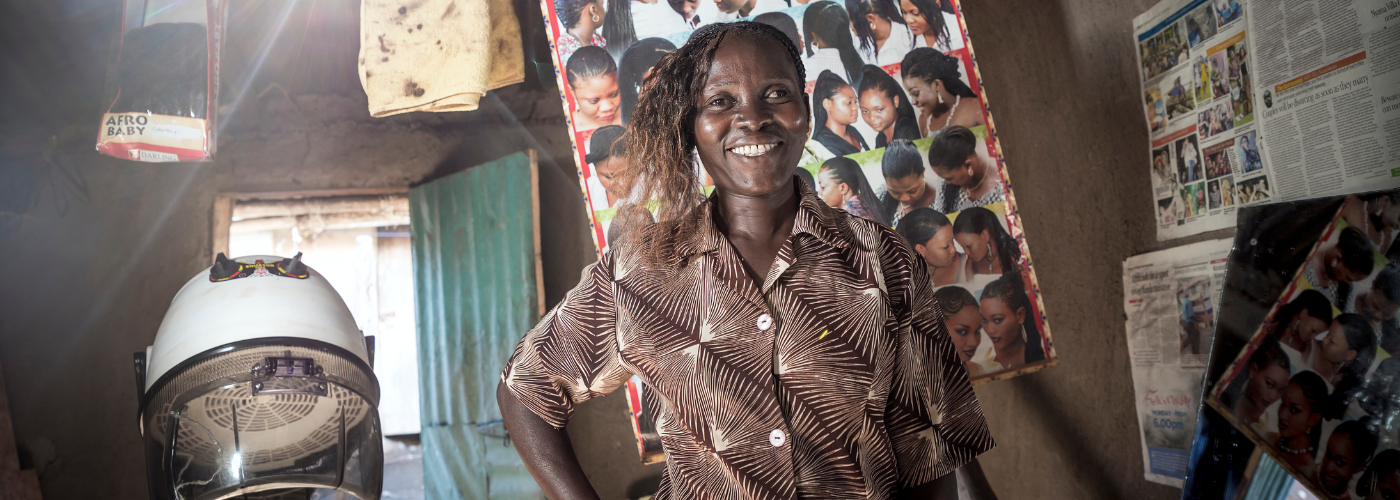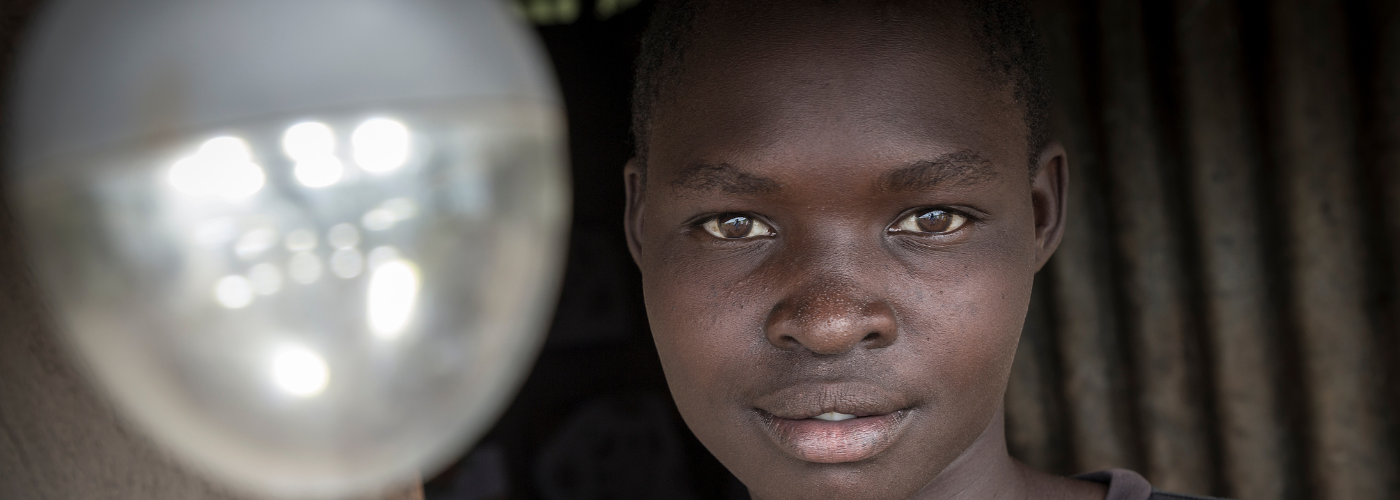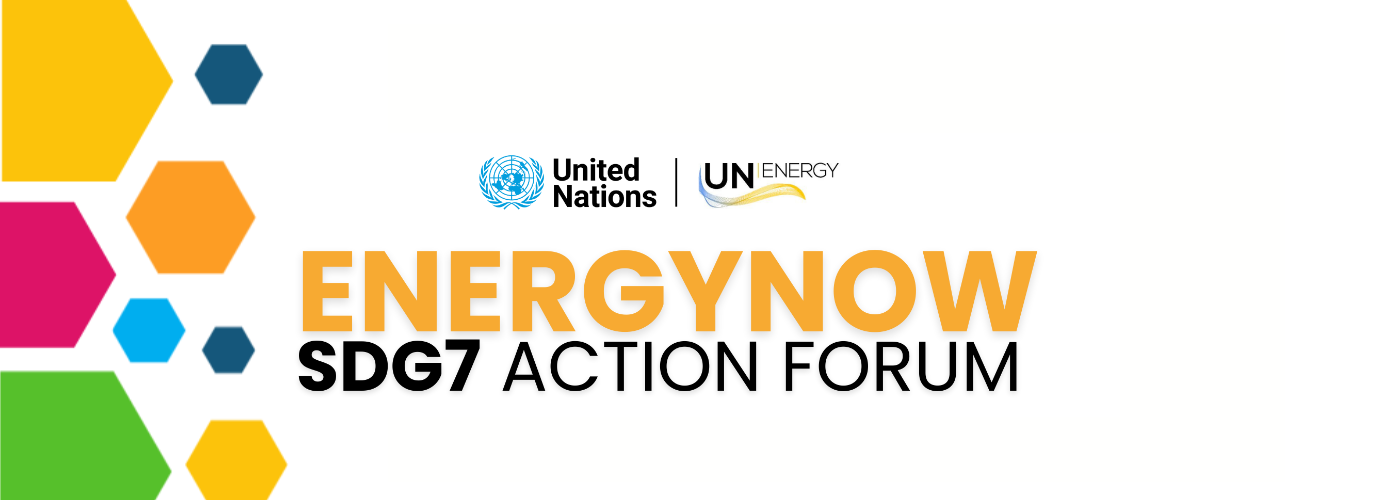The 2016 edition of the Poor People’s Energy Outlook (PPEO) is now available to read and download online. Click here to view the report.
The PPEO 2016 is the fifth in the PPEO series and first in a keenly-awaited new suite of three, which builds on the Total Energy Access Framework that we have developed in previous editions.
The report draws on fresh insights from energy-poor communities in Bangladesh, Kenya and Togo,challenging the status quo by exploring an alternative approach to energy access planning in rural communities.
The key recommendations show how national energy access plans should be re-balanced to reflect the priorities of those currently beyond the grid, and to set us on the path to achieve universal access by 2030, including:
- Embracing decentralized technologies which are smaller, faster, and require different financing models to the traditional grid. Our findings showed these to be cost-competitive or cheaper than grid extension.
- Prioritizing cooking as on par with electricity access, understanding its essential role in achieving broader development aims. Our findings revealed enthusiasm for clean fuel solutions.
- Recognizing the differentiated energy access requirements of women and men, and mainstreaming women’s priorities in energy access plans at the national level; and
- Measuring energy access using a multi-tier framework and in terms of longer term development goals, rather than simply by counting numbers of connections and megawatts generated. Our research used the multi-tier framework to establish a far clearer picture of energy access and the remaining gaps.
Click here to access the full report and the summary briefing document.
